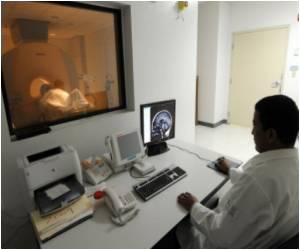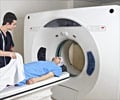Researchers found that the charged nanoparticles they developed transduced into cells and could be visualized by MRI.

"Significant graft loss immediately after islet transplantation occurs due to immunological and non-immunological events. With MRI an attractive potential tool for monitoring islet mass in vivo, efficient uptake of MRI contrast agent is required for cell labeling. "The researchers note that recent techniques of labeling islet cells with magnetic iron oxide has allowed detection of transplanted islet cells, however commercially available magnetic nanoparticles are not efficiently transduced because the cell surface is negatively charged and the negative charge of the nanoparticles.
The researchers developed positively charged nanoparticles that were efficiently transduced. "This approach could potentially be translated into clinical practice for evaluating graft survival and for monitoring therapeutic intervention during graft rejection," concluded Dr. Noguchi.
Source-Eurekalert









